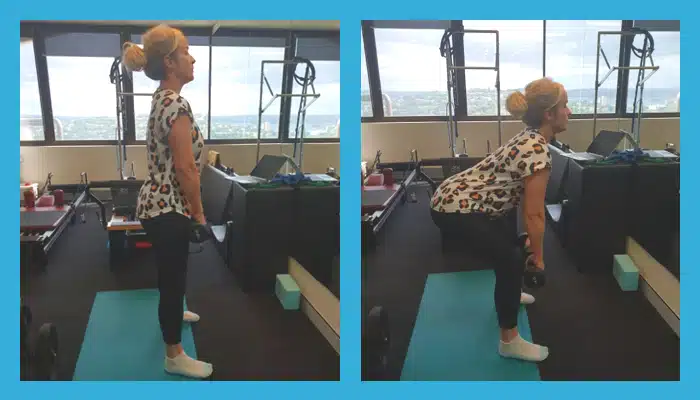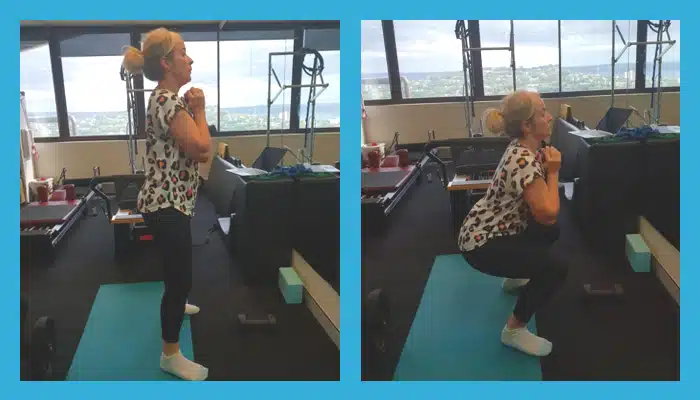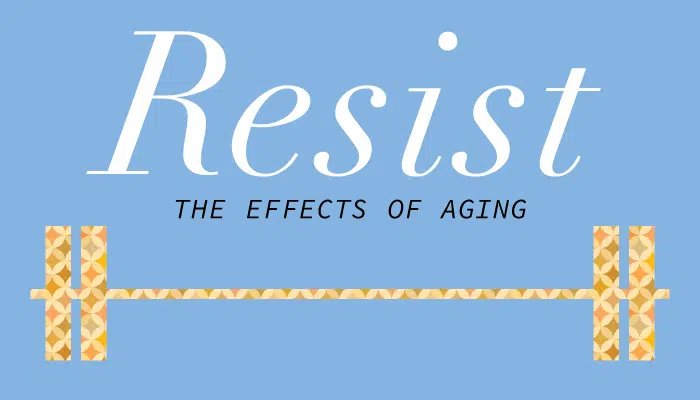We all want to be able to pick up our grandchildren, carry heavy groceries, stand up from that annoyingly low couch without any issues. So why does it become harder as we age?
There are multi-faceted reasons for this. It is inevitable that our body undergoes structural changes with age which are both genetic and lifestyle-related. Numerous longitudinal studies suggest that as early as our mid-20s there is a reduction of muscle mass. Bone mineral density also reduces steadily by 0.3-0.5% each year from the age of 40. So, how can we maximise our health and strength as we age?
It is no secret that good nutrition and regular exercise are key factors for healthy aging. In fact the World health organisation (WHO) suggests healthy adults aged between 18-65 years of age should partake in 150 minutes of aerobic training at moderate intensity and 2 or more days of resistance training each week. Aerobic training is vital for both physical and psychological health – particularly for improving cardiovascular fitness. It has commonly been marketed as the go to exercise for “fat-burning.”
However, Resistance training is a type of exercise which challenges the body’s musculature with increased loads such as weights, machines, bands or even body weight. Currently there are many fears around resistance training – let’s debunk the myths and look at the many benefits it can provide for maintaining functional status to continue with day-to-day activities.
Myth 1 – Lifting weights will make you bulky and big
- Bulky and big are both very subjective descriptions and vary from person to person. With the right training program and nutritional plan you can partake in resistance training without gaining size.
- Resistance training assists with calorie expenditure and gaining lean muscle mass. This helps with “burning calories” as muscle requires more energy to maintain than fat.
- Body fat takes more space per kilo than lean muscle mass. Therefore you can gain muscle, weigh the same but be smaller in size.
Myth 2 – Muscle turns into fat as soon as you stop resistance training
- Muscle CANNOT turn to fat.
- An increase in body fat is often a result of muscle atrophy (loss of muscle) and an increase in adipose tissue. This is due to an increase in food consumption (energy in) but a reduction in physical activity and exercise (energy output).
Energy In > Energy Out = weight gain and body fat gain
Energy Out > Energy In = weight loss
Myth 3 – Lifting weights is bad for your joints and lower back
- Resistance training helps with muscle function (growth, strength, power, recovery and endurance) therefore reduces the effects of Sarcopenia (loss of muscle mass).
- Shown to improve bone mineral density which is especially important in older women who are at a greater risk of Osteoporosis.
- Lifting weights with the right technique helps to build a more efficient and resilient body for the long term.
Myth 4 – It’s “dangerous”
- Activities such as carrying your child or lifting groceries are necessities for daily living and the use of resistance training is a way to facilitate and better prepare our bodies for the laborious tasks in a variety of positions.
- Resistance training does not mean you have to lift heavy loads, but a load that is suitable for your body and your specific goals.
- It’s good for heart health as quoted by the American Health Association, also for musculoskeletal health, including prevention of falls.
- Improves Insulin sensitivity which is particularly important for diabetics & pre-diabetics.


Myth 5 – Resistance training is detrimental to flexibility and speed
- With the right programing, resistance training can facilitate performance in sports as it can be tailored for muscle growth, strength, power, recovery and endurance.
- Many elite athletes from golfers, track athletes, swimmers and gymnasts use weight training as part of their program.
It is paramount to remember that all clients are from different backgrounds and experience levels when it comes to resistance training it should be tailored to best suit the individual’s needs and limitations. With proper training and technique the risk of injury is minimal as with any task. This is why it is important to have an educated therapist/trainer to make sure that you develop the correct techniques and progress accordingly. It can be daunting at first, but it is a rewarding journey once you take the few steps. Prior to starting any exercise ensure to obtain clearance from a medical professional as this information should not be substituted for medical advice.
References
Brown WJ, Bauman AE, Bull FC, Burton NW. Development of Evidence-based Physical Activity Recommendations for Adults (18-64 years). Report prepared for the Australian Government Department of Health, August 2012.
Kanis JA. Assessment of osteoporosis at the primary health-care level. WHO Scientific Technical Report. World Health Organization Collaborating Centre for Metabolic Bone Diseases, University of Sheffield, UK; 2007.
Katzman, W. B., Vittinghoff, E., Kado, D. M., Schafer, A. L., Wong, S. S., Gladin, A., & Lane, N. E. (2015). Study of Hyperkyphosis, Exercise and Function (SHEAF) Protocol of a Randomized Controlled Trial of Multimodal Spine-Strengthening Exercise in Older Adults With Hyperkyphosis. Physical therapy, 96(3), 371-81.
Lexell J. Human aging, muscle mass, and fiber type composition. J Gerontol A Biol Sci Med Sci. 1995 Nov;50 Spec No:11-6
Westcott, W. (2009). ACSM STRENGTH TRAINING GUIDELINES: Role in Body Composition and Health Enhancement. ACSM’s Health & Fitness Journal, 13(4), 14-22. doi: 10.1249/FIT.0b013e3181aaf460

